Ballad of the End
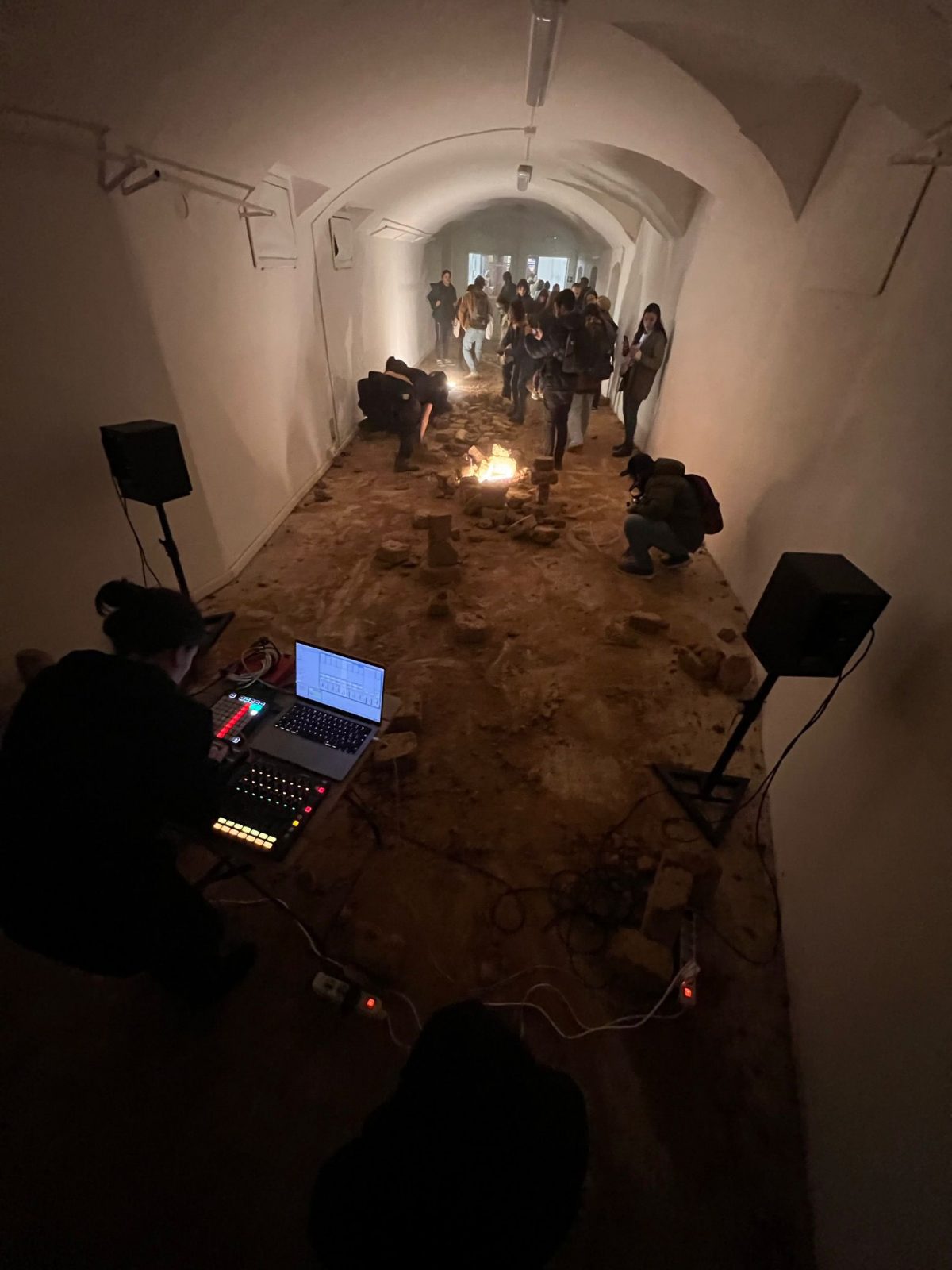
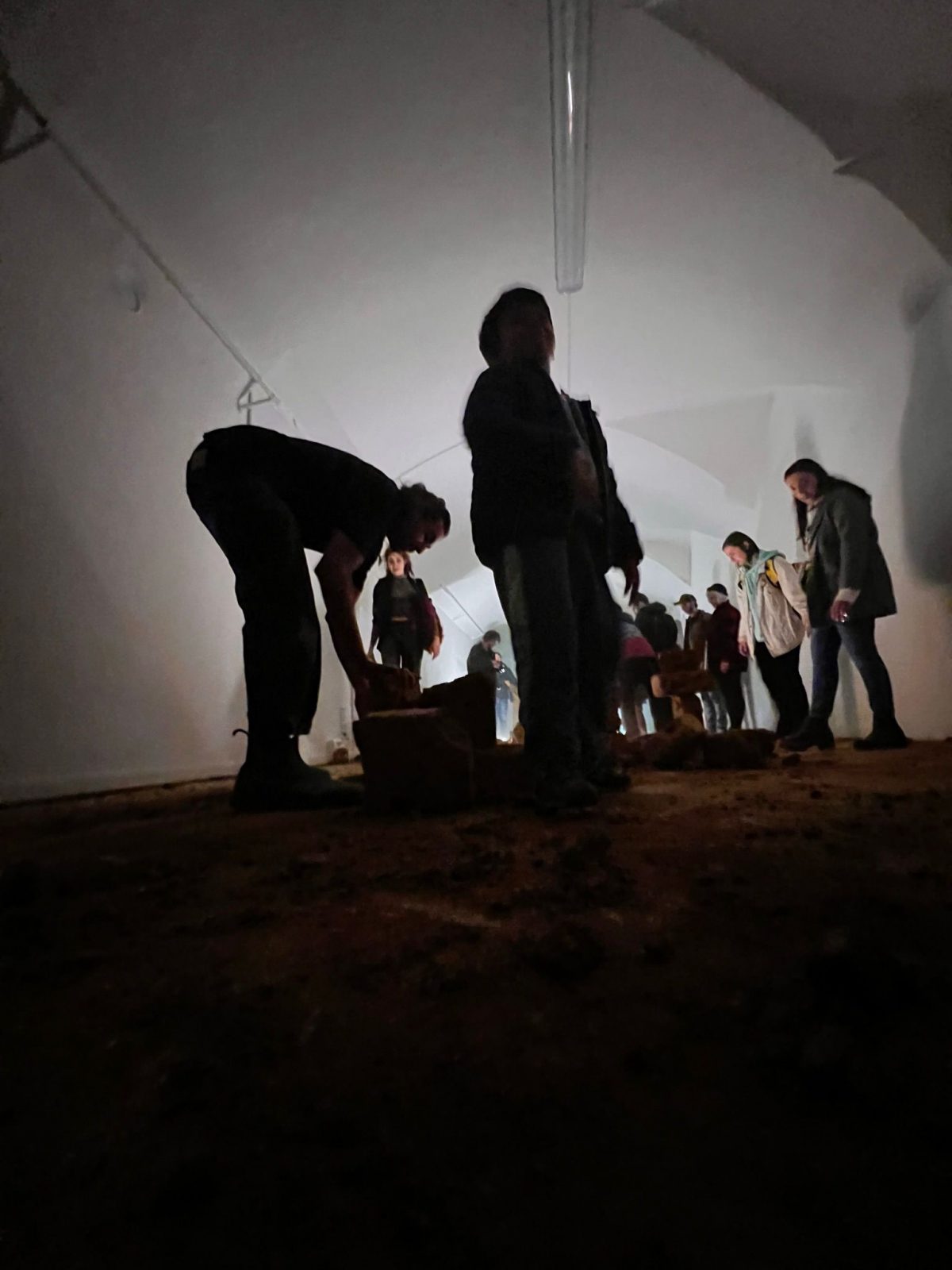
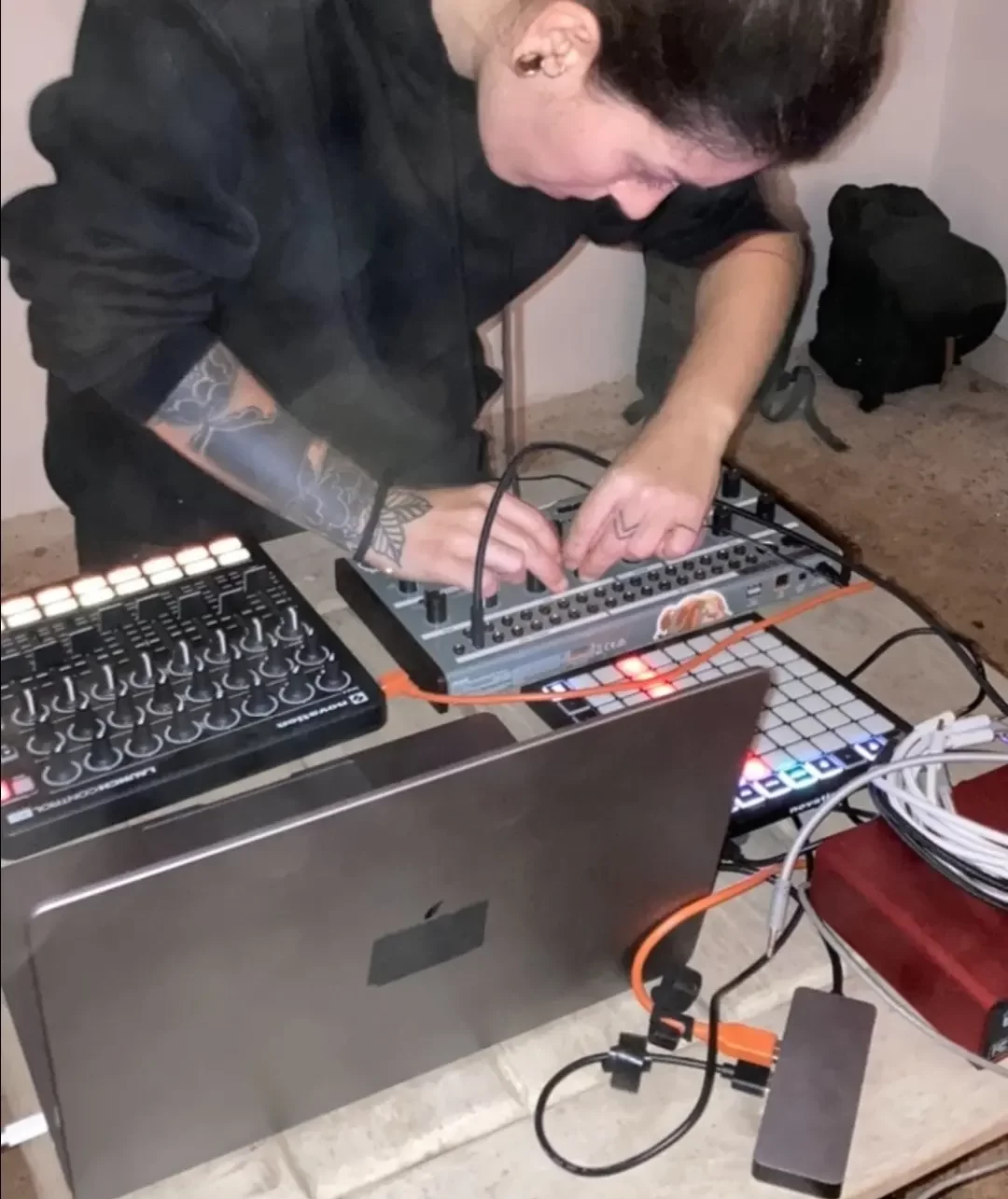
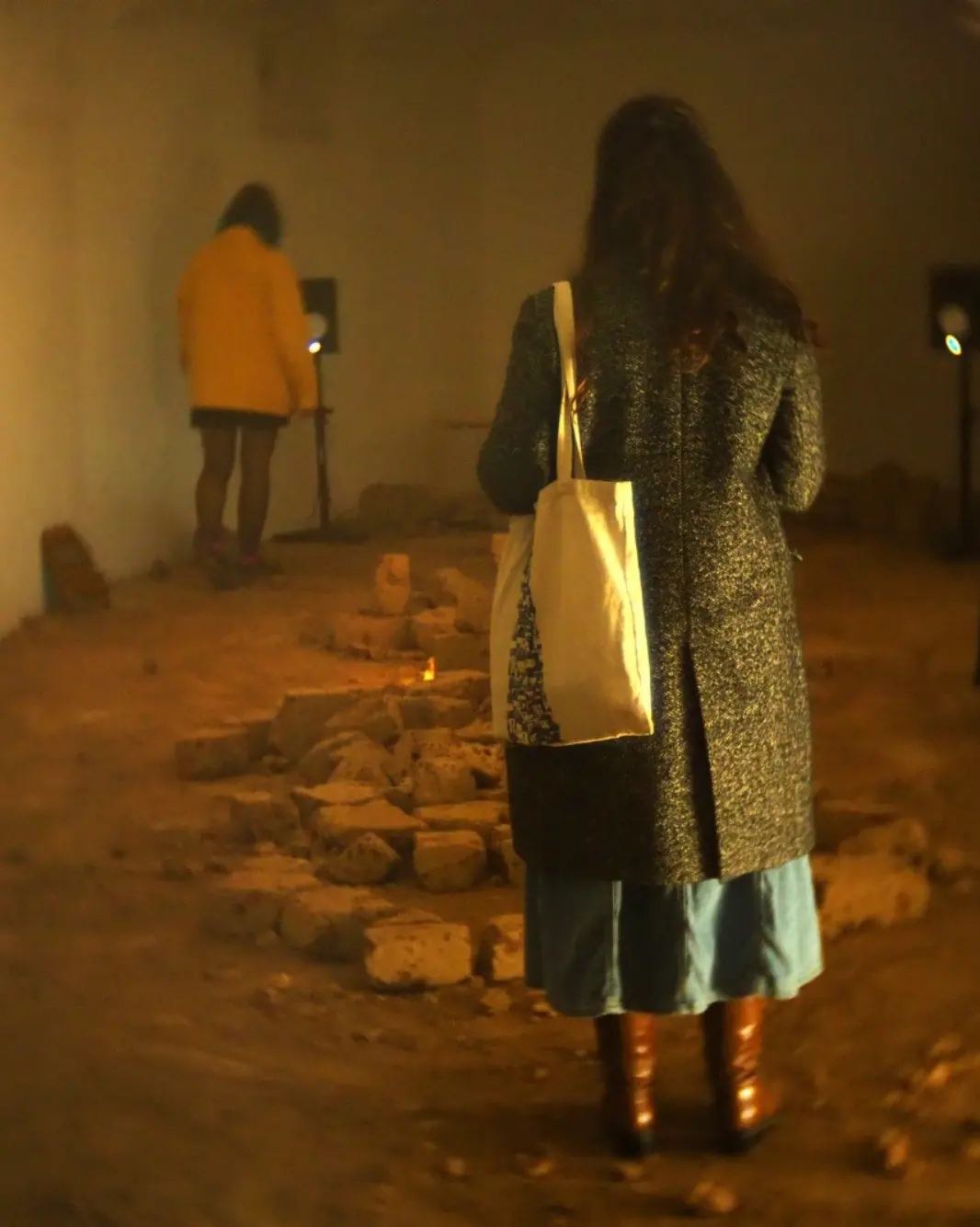
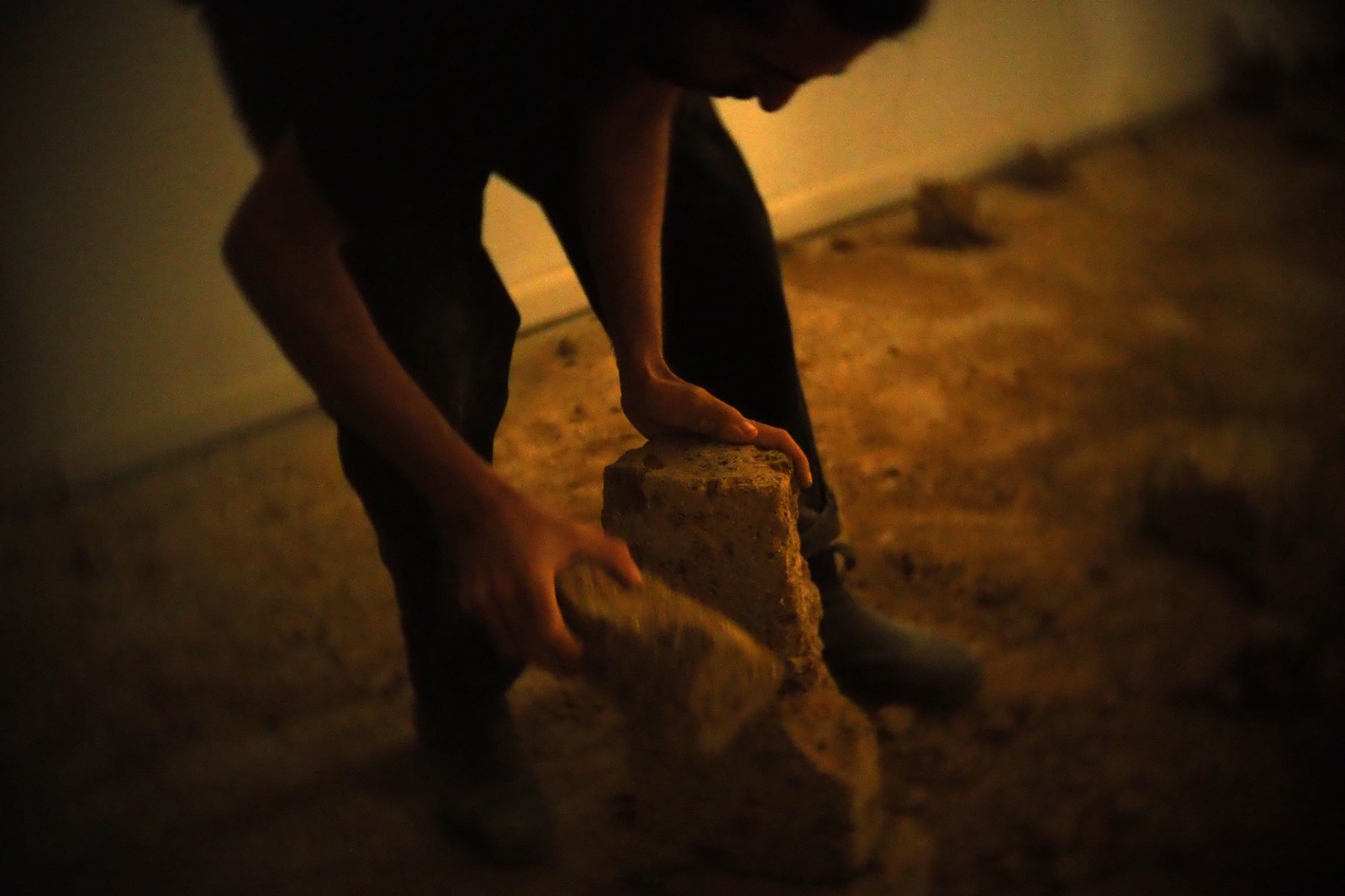
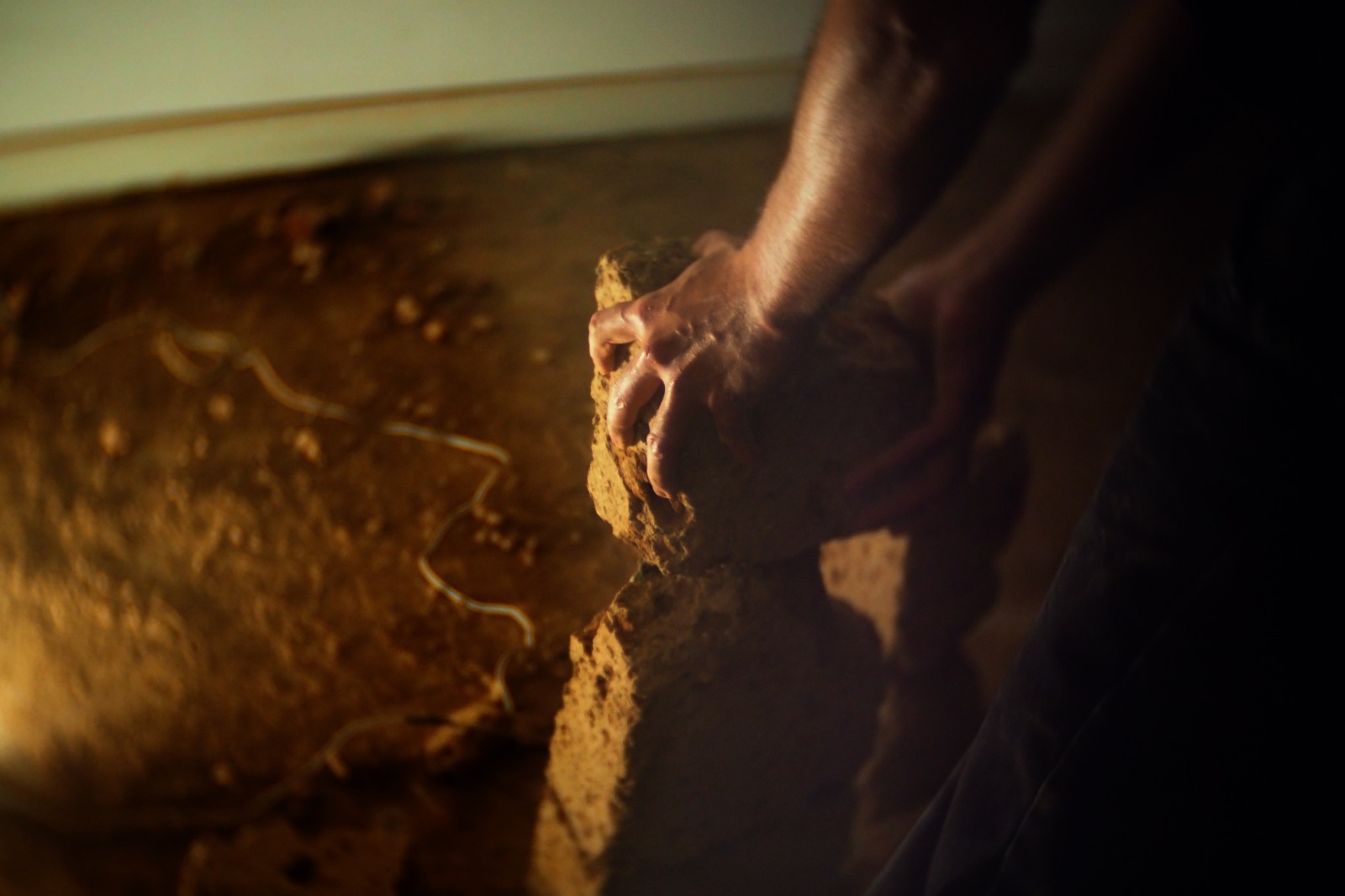

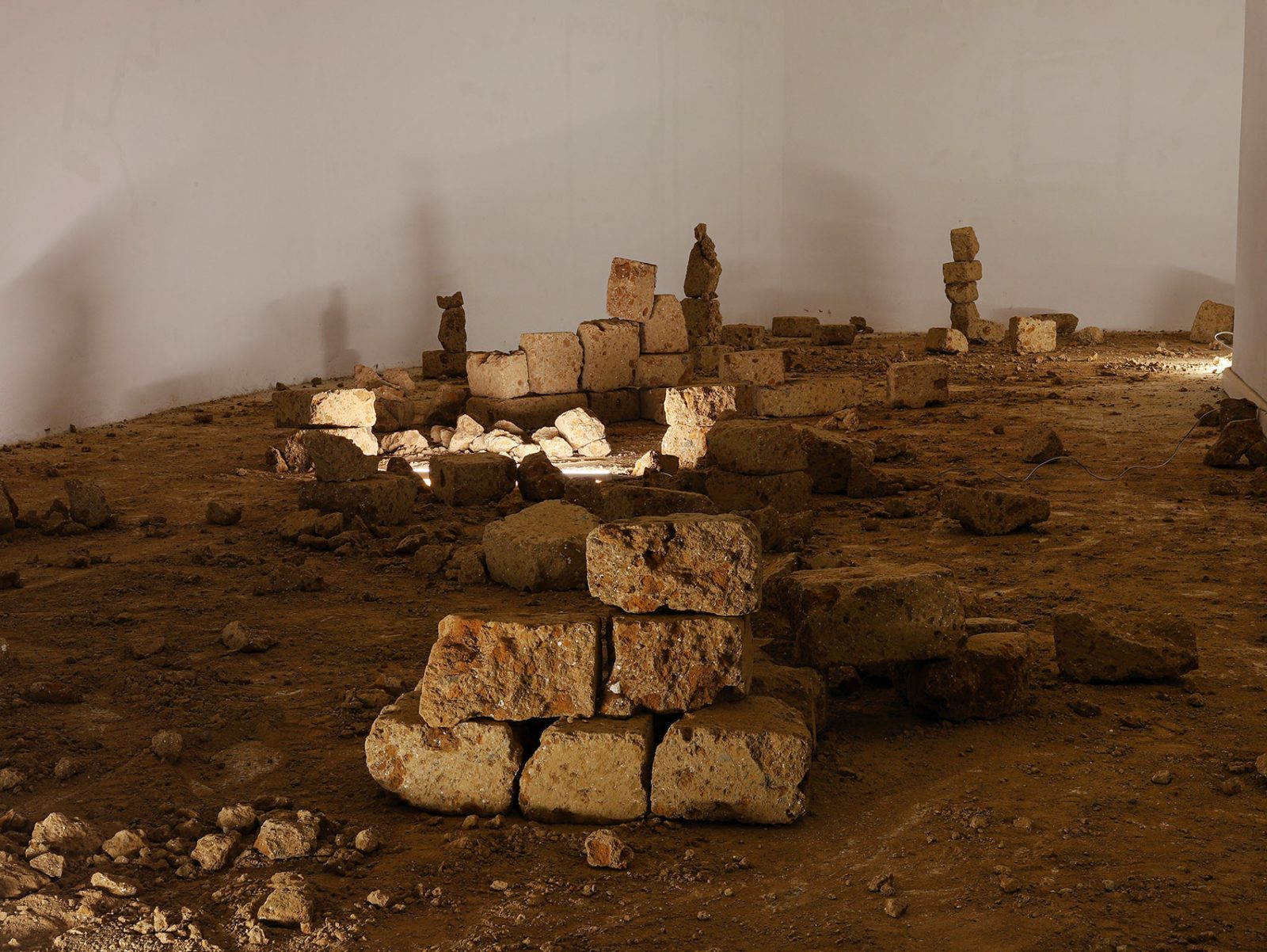
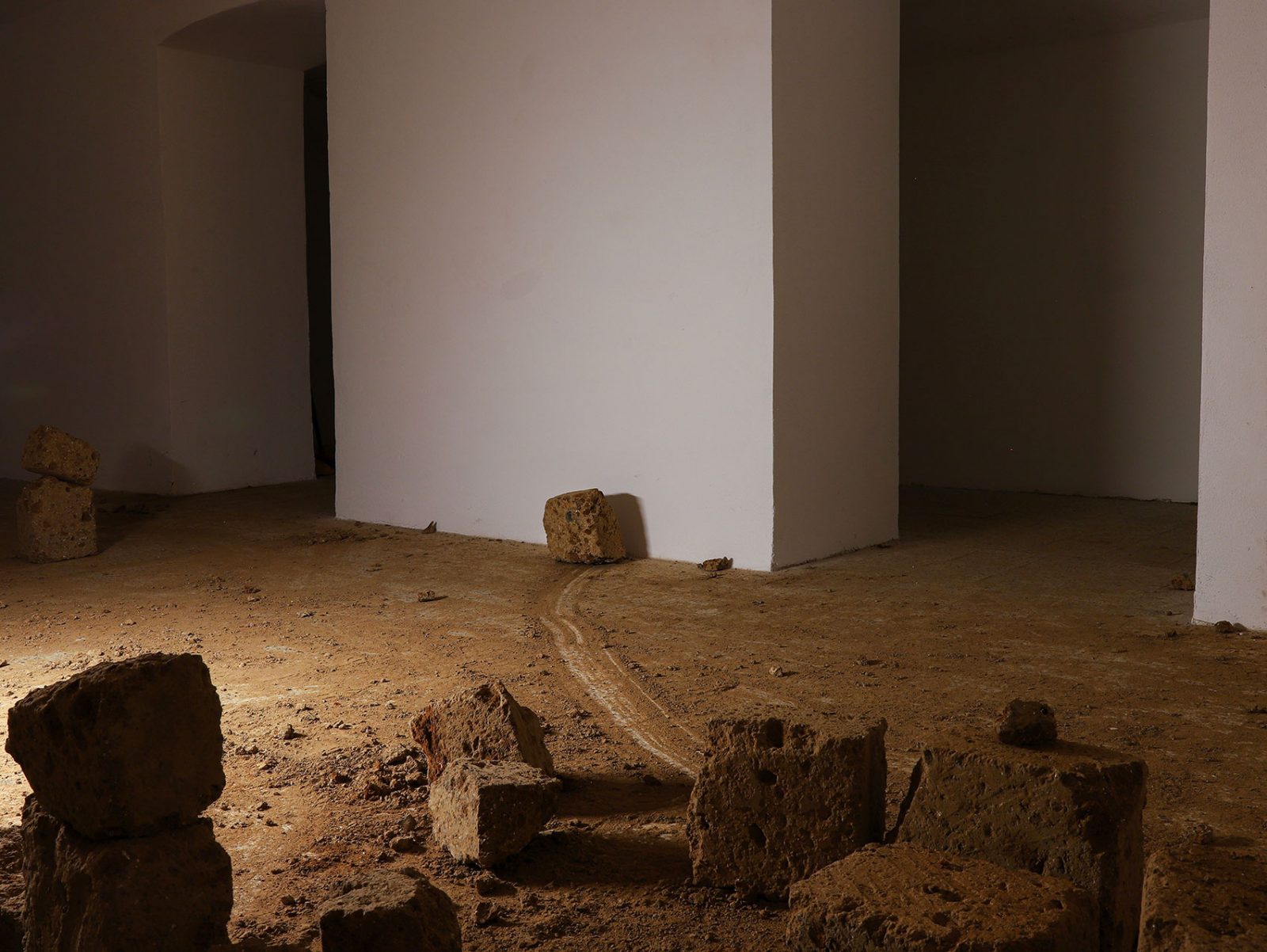


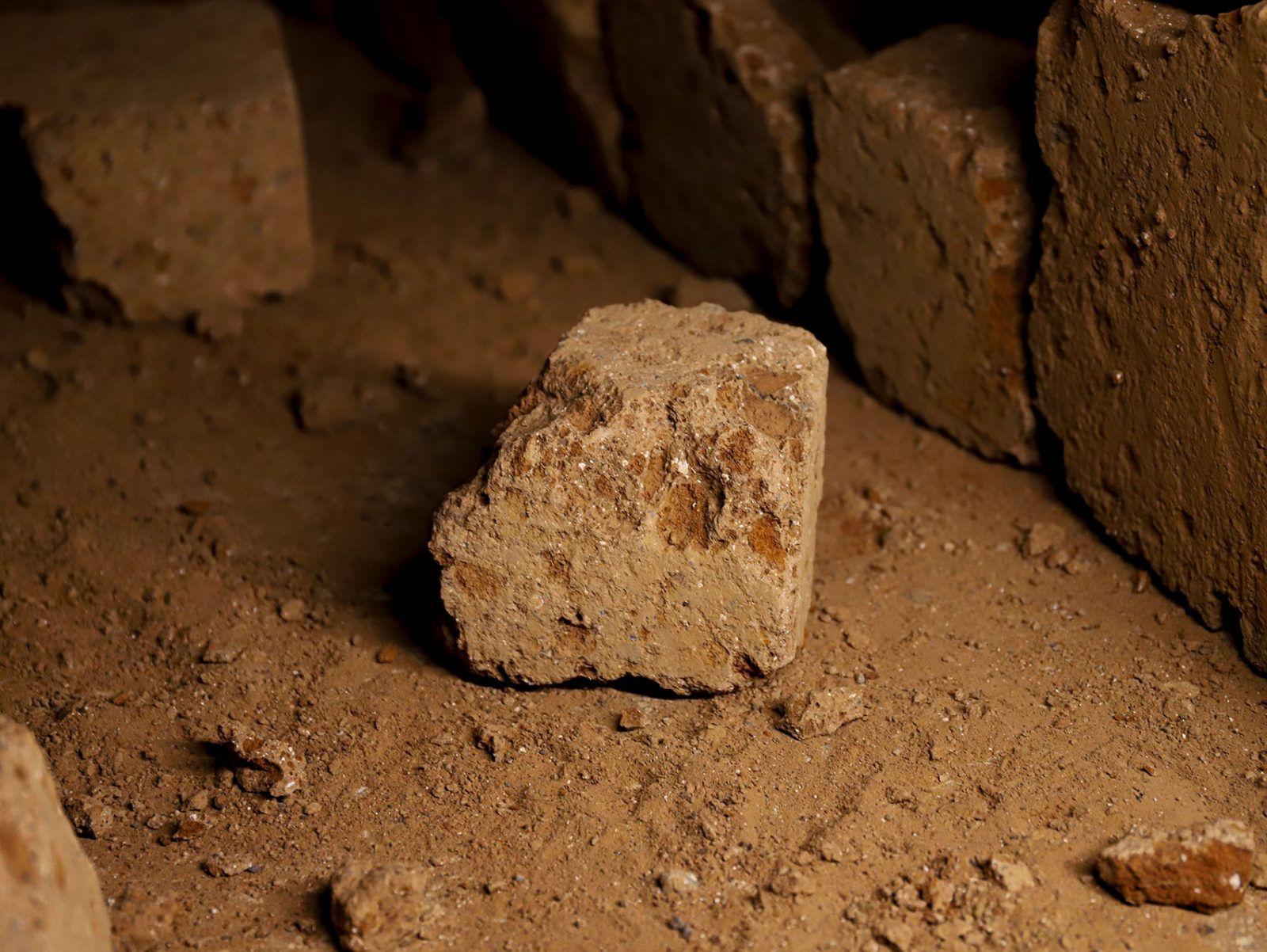
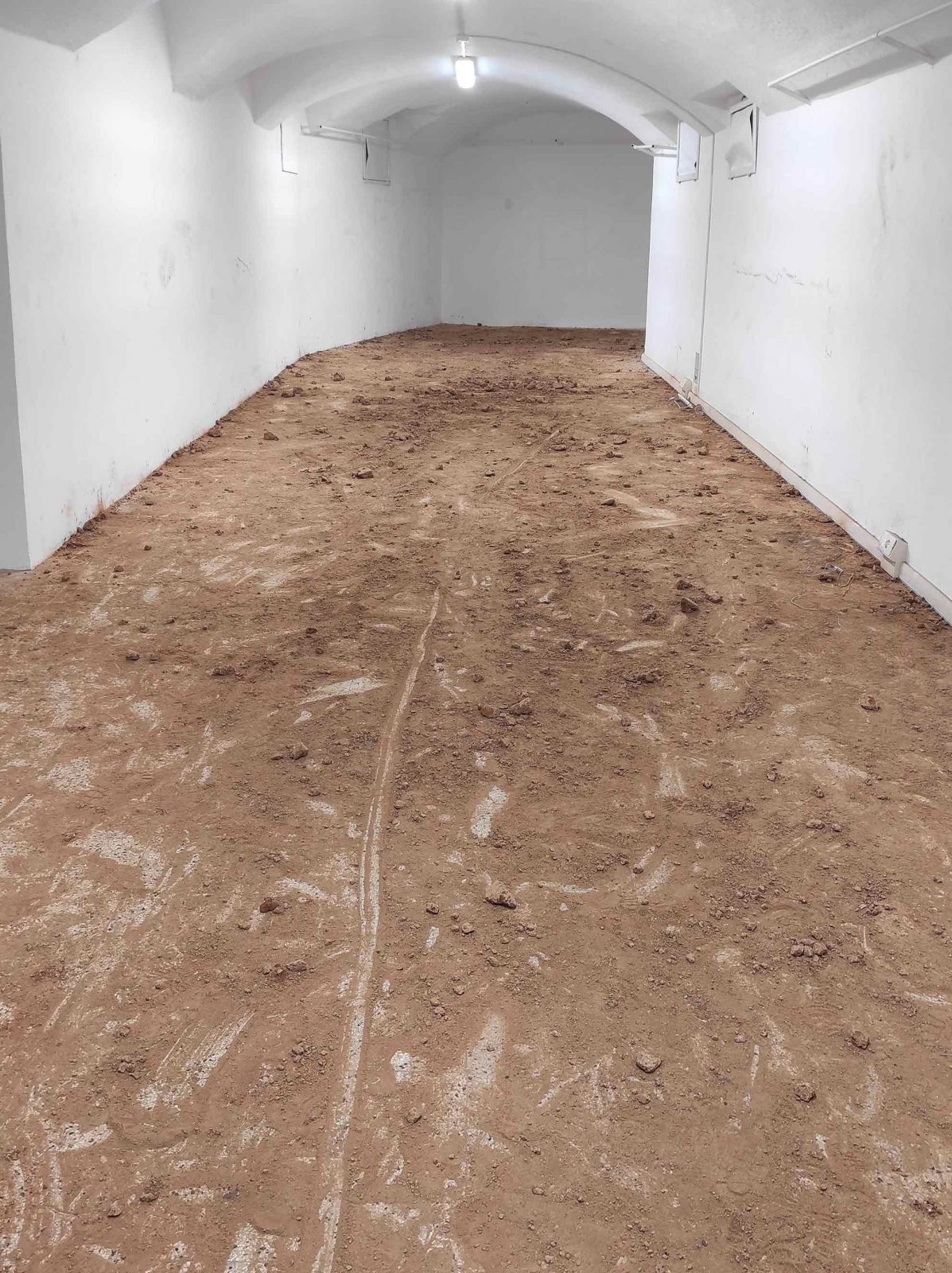
Ballad of the End was first presented during the Materia Nova exhibition, curated by Massimo Mininni at the Galleria d’Arte Moderna in Rome on 8 February 2022, in collaboration with Jordi Pallarès and DITO Publishing. Later, in October 2022, it was hosted at the Fondazione Rusconi in Bologna in partnership with Hidden Garage. The project explores the interplay between material, body, and collective action, using tuff bricks as triggers for construction, deconstruction, and improvisation. The live performance also gave rise to a series of 15 frottages and a special edition artist zine, both of which document and extend the gestures, movements, and collective energy generated during the sessions.
Boulders became instruments, obstacles, supports, and seating, responding to the unpredictable energy of participants. Actions exceeded initial expectations: stones were thrown, dragged, slammed, or crumbled. They were stacked vertically, rolled across horizontal paths, or engaged as pedestals and cushions. This interplay between structure and chance created subtle balances between performers and observers, between those tracing paths, erecting ephemeral architectures, or producing sounds in any imaginable way.
The performance generated more than visual forms. Sound, touch, and spatial resonance emerged from the interaction: scraping, percussion, falls, and the formation of dust and rubble transformed the environment into a multisensory space. The body, material, and sound became inseparable, revealing how collective presence shapes perception and experience. Every gesture left a trace, emphasizing the co-dependence of movement, matter, and meaning.
Through these interactions, the project examines human collaboration and shared action, highlighting the capacity to transcend individual limits and explore collective potential. Ballad of the End functions as a living choreography, where the physical and ephemeral coexist, and where human engagement projects value, intent, and care into an uncertain future. Freed from rigid tradition or predetermined forms, the work embraces contingency, improvisation, and emergence.
Ballad of the End is a constantly unfinished work, endowed with life and infinite possibilities. It resonates whenever the scenius is activated, and when it is not, it takes refuge in suspended time, awaiting the unforeseeable. In this slow unfolding, material mass becomes both subject and medium, archaic and pre-formal, shaped through the bodies that traverse it. Stone, space, and participant converge, producing structures that exist only in relation to movement, touch, and temporality.